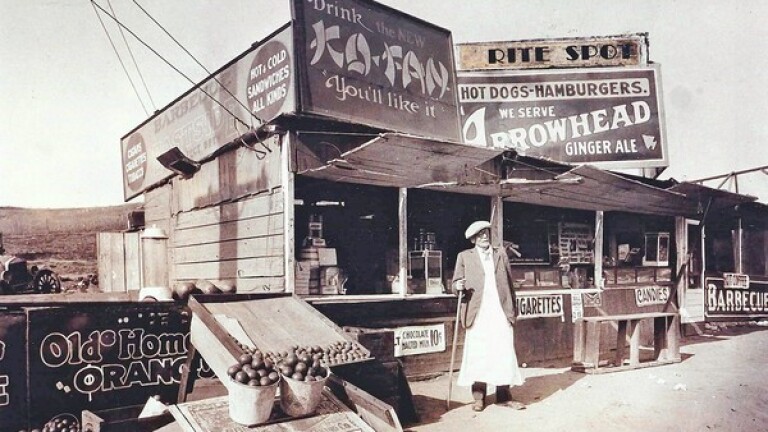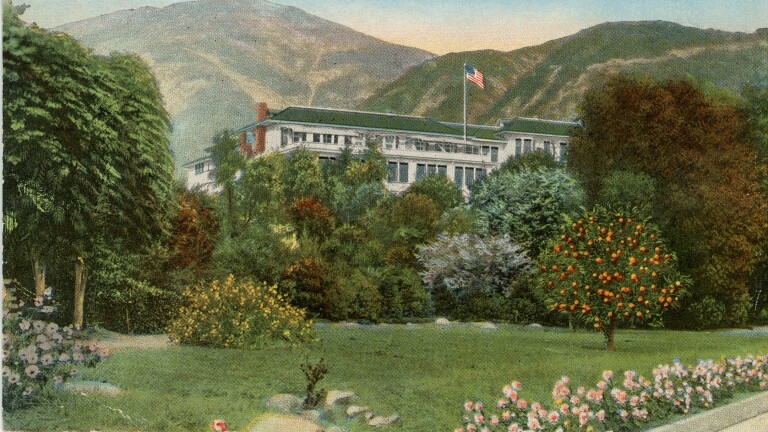San Onofre: The Epic Journey to Close a Nuclear Plant

Protests began here in 1963, as soon as plans were announced to build nuclear power generation on beachfront land that had belonged to the navy — even before the nuclear reactors were built, San Clemente resident Alfred Gaede gathered hundreds of signatures on a petition arguing that the plant "could be a hazard to life and property." Gaede, local surfers and San Diego resident Margaret Porter protested at meetings of the Public Utilities Commission and then the Atomic Energy Commission, questioning officials who declared the reactor would be "clean, quiet, and completely safe."
In an attempt to win public support, when construction began in 1964, Southern California Edison and San Diego Gas & Electric invited 300,000 visitors here to watch films touting the peaceful use of nuclear energy. The first nuclear reactor here was nicknamed "the beachball." Still, environmentalist groups including the California Coastal Alliance and the Laguna Beach Committee for the Right to Vote on San Onofre questioned how much marine life was hurt by the plant's water intake system, how safe is a plant next to an active earthquake fault zone, and why there was not more disclosure in 1973 when the plant quietly went offline for three months after an operator's error damaged the coolant system.
Explore some of the spaces in Orange County shaped by conservatism and activism. Click on the starred map points to read more in-depth stories.
When a second reactor was built in 1977, the nickname changed from "the beachball" to "the breasts," and activism intensified. More than 1,000 people protested after a contractor mistakenly installed a 420-ton nuclear reactor vessel backwards. More than 15,000 people protested with the Southern California Alliance for Survival after the Three Mile Island meltdown at a Pennsylvania reactor in 1979. A planned third reactor was never built.
Protestors returned in 2004 with renewed safety concerns over outdated equipment and secret worker injury reports, intensifying after the 2011 disaster at the similarly-designed Fukushima plant in Japan. When a leak revealed a worn-out steam pump in 2012, this nuclear station shut down temporarily. Friends of the Earth and other activists pushed for investigations that exposed more safety lapses, finally leading to permanent closure in 2013.
The process of decommissioning this site continues. Orange County Coastkeeper, San Clemente Green, San Onofre Safety, the Sierra Club, and other groups continue to question Southern California Edison's safety plans here, where 3.6 million pounds of nuclear waste are stored in thinly-walled canisters, buried where they cannot be easily inspected, one hundred feet from the ocean, in a tsunami zone, near two earthquake faults and within fifty miles of more than eight million residents.
UPDATE: After the publication of this article, John Dobken, a SoCal Edison representative reached out to provide additional information. According Dobken, "thinly-walled" canisters can last for up to a century of use and conforms to the national nuclear standard. The style of canister is only called such because there also exists a thick-walled style of canisters. These canisters at San Onofre aren't buried, but placed in a storage module that can be inspected by a state-of-the-art robot technology. SoCal Edison has also pointed out that in over 40 years of nuclear reactor operation at SONGS, no member of the public has been harmed. Its Unit 2 and 3 reactors, when operating, produced enough electricity to power 1.4 million homes.





